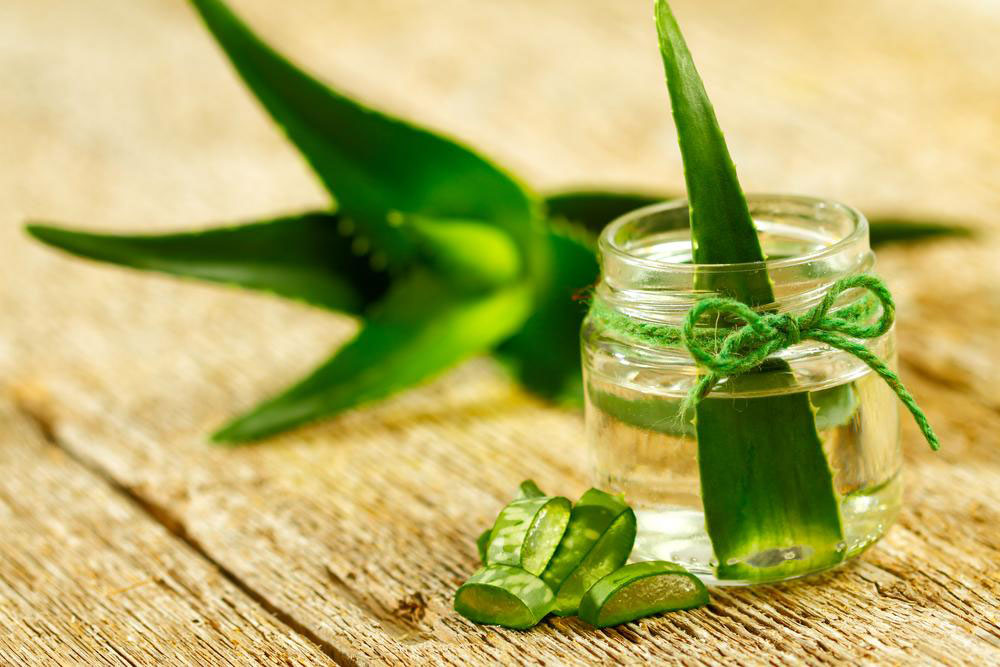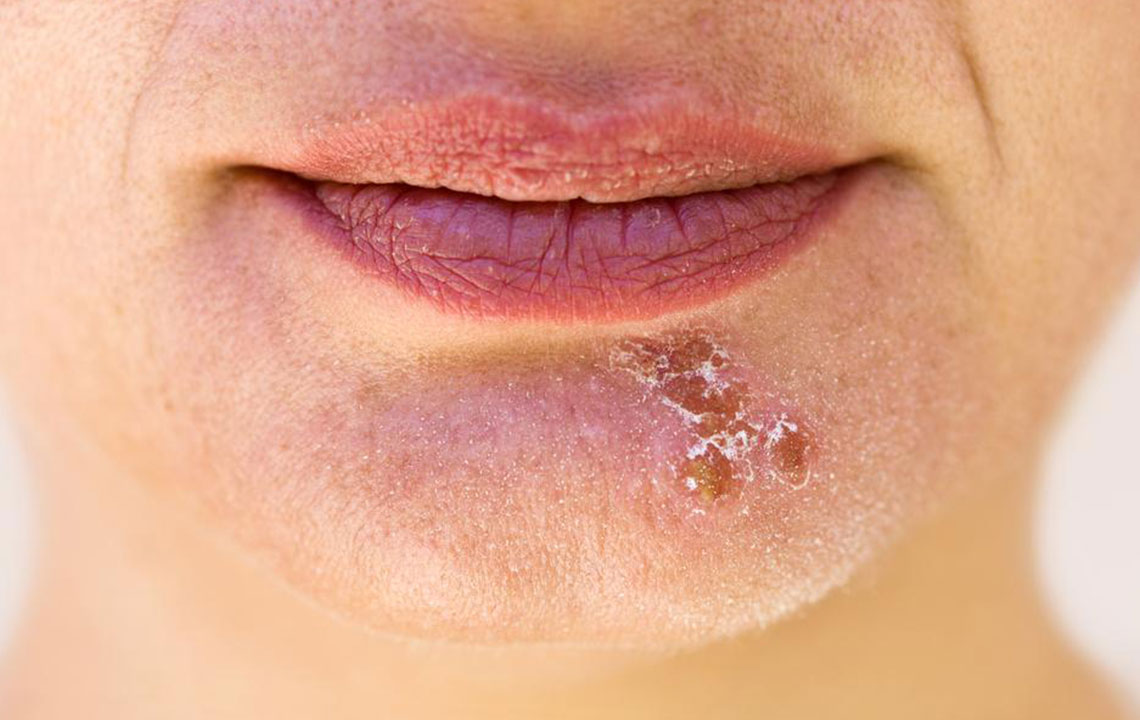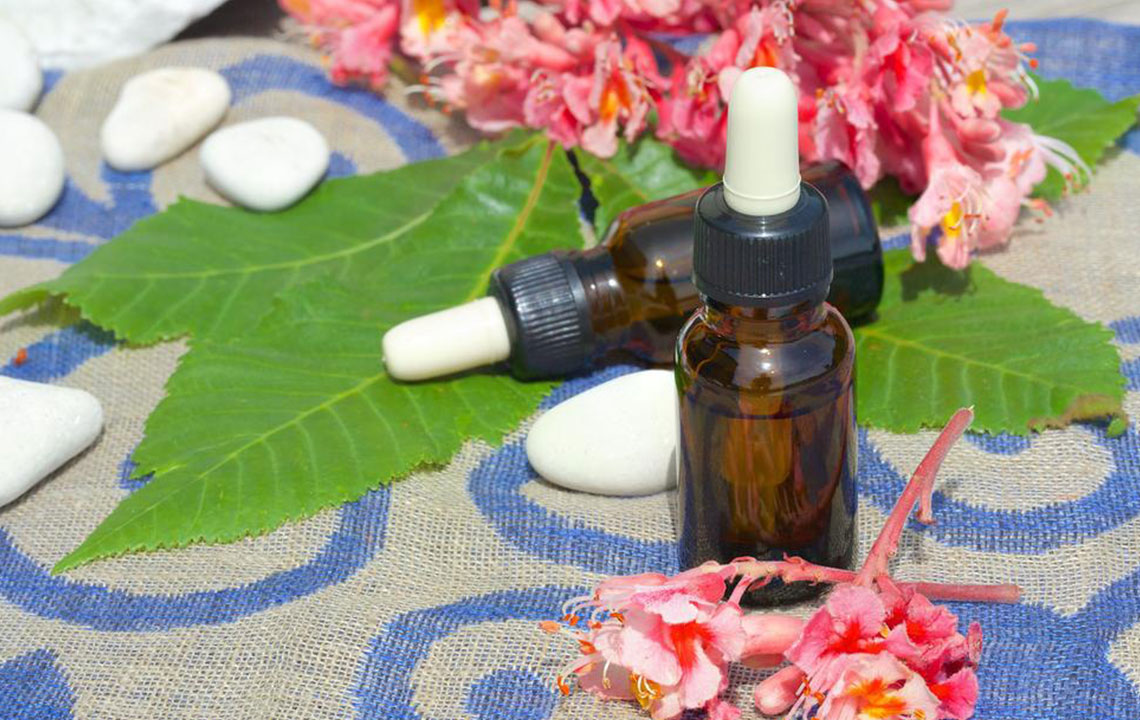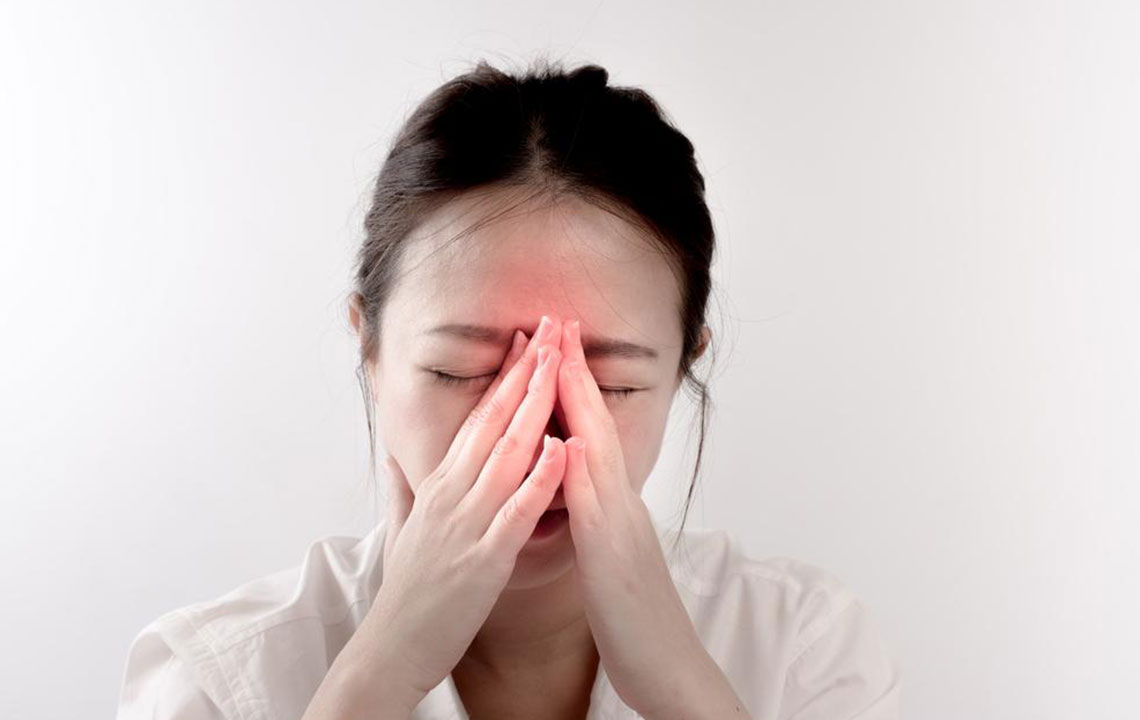Effective Natural Methods for Managing and Relieving Migraine Pain
Discover comprehensive natural methods to alleviate migraine symptoms effectively. From cold therapy and herbal supplements to essential oils and restful environments, explore safe, accessible, and scientifically-supported strategies to manage migraines holistically. Improve your quality of life today with these natural remedies designed to reduce pain and prevent future attacks.

Effective Natural Methods for Managing and Relieving Migraine Pain
For centuries, individuals across the globe have turned to natural, home-based remedies to combat the debilitating effects of migraines. These methods are celebrated not only for their safety and accessibility but also for their proven effectiveness in reducing pain, severity, and frequency of migraines. While many opt for over-the-counter medications, a significant number of people prefer to explore natural alternatives that can be incorporated into daily routines to provide relief without the potential side effects of pharmaceuticals. This comprehensive guide explores some of the most trusted and scientifically supported natural strategies for alleviating migraine symptoms and improving quality of life.
Apply Cold Therapy Using Ice Packs
Cold therapy remains one of the most traditional and effective natural remedies for migraine relief. The application of an ice pack helps constrict blood vessels and reduces inflammation, which can significantly diminish the throbbing and intensity commonly associated with migraines. Many individuals find that applying an ice pack on their forehead, temples, or neck during an attack offers immediate relief. This simple method can be particularly beneficial for both mild and severe migraine episodes.
To maximize benefits, wrap ice cubes in a soft cloth or towel and gently place them on the affected area for about 15 to 20 minutes. This process can be repeated as needed, ensuring not to apply direct ice contact for prolonged periods to prevent skin damage. Cold therapy offers a quick, safe, and non-invasive way to soothe migraine pain and can be easily incorporated into daily routines.
Utilize Butterbur Extract for Long-term Relief
Butterbur, a herbal root extract, has been used traditionally in natural medicine to prevent the onset of migraines. Scientific research supports its efficacy in reducing both the frequency and severity of headaches. The active compounds in butterbur help relax blood vessels and reduce inflammation within the brain, which are common factors involved in migraines.
Harness the Power of Essential Oils
Aromatherapy with essential oils such as peppermint, lavender, and eucalyptus is increasingly popular for its therapeutic benefits in headache management. These oils are known for their relaxing and pain-relieving properties. Peppermint oil, in particular, contains menthol, which provides a cooling sensation and helps improve blood flow, while lavender is prized for its calming effects that can ease anxiety and tension often accompanying migraines.
Create a Restorative Environment in a Dark, Quiet Space
Bright lights, loud noises, and screens can trigger or worsen migraine symptoms. During an attack, it is highly beneficial to retreat to a calming environment that minimizes sensory stimulation. Find a quiet, dark room where you can lie down and relax. Avoiding exposure to screens, smartphones, and computer monitors—whose blue light can intensify headache pain—can make a significant difference.
Incorporate Ginger into Your Migraine Management Routine
Ginger has a long-standing history as a traditional remedy, especially in Ayurvedic and traditional Chinese medicine, to treat headaches and migraines. Modern research has corroborated its effectiveness in reducing headache severity when consumed during or prior to migraine attacks. Ginger works by inhibiting prostaglandins—compounds involved in pain and inflammation—and improving circulation.





